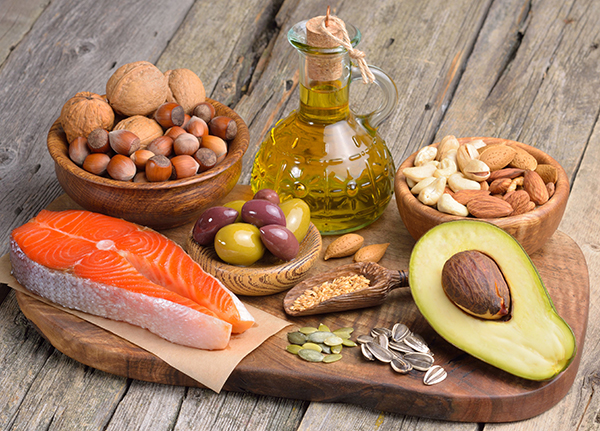We’ve all heard the term “cholesterol,” but do you know what it means and how this important factor can affect your health? To celebrate September as National Cholesterol Education Month, read on to learn about cholesterol and how it affects seniors:
What is cholesterol?
According to the Centers for Disease Control, there are two forms of cholesterol. Both are a waxy substance with a fat-like texture that lives in blood vessels. Cholesterol is a natural part of the human body, but when it builds up it can block blood flow in your arteries and cause blockages. These can factor into heart disease, strokes and heart attacks. Of the two types, high-density lipoprotein, or HDL, is known as “good cholesterol.” Low-density lipoprotein, LDL, is referred to as “bad cholesterol.” It contributes to plaque, a thick, hard deposit that can clog arteries and make them less flexible. This can result in heart attack, stroke or peripheral artery disease.
How do I check my cholesterol levels?
Now that you know what is it, you’re likely interested to find out about your own cholesterol levels. To do so, head to your doctor. He or she will run a blood test called a lipid panel. After a quick and easy blood draw and waiting a few days, you’ll learn about your total cholesterol, LDL and HDL, and triglycerides, or fat in your blood. Why is knowing this information important? If your cholesterol is too high, you must keep track of these numbers while making an effort to reduce it.

How can I maintain healthy cholesterol?
If you’ve been to the doctor and heard that you need to reduce your cholesterol levels, there are several things you can do. First, you will likely be told that you’ll need to change your diet. Eating foods that are high in fat, like hamburgers and fast foods, are not good for your heart. Instead, eat fresh produce and lean proteins. You can also increase your omega-3 intake. This healthy fat is found in walnuts, flaxseeds, almonds and salmon – all healthy foods that are great solo or on salads and included in a full meal.
Next, try exercising. The Mayo Clinic shared that being physically active for just 10 minutes every day a few times a week can improve weight loss and raise HDL or good cholesterol. You can walk around the block a few times, go for a swim, ride your bike or join a community sport league. There are many ways to get active – you’re sure to find one that interests you!
Quitting smoking can also help your cholesterol by making it easier for your heart to beat and reducing your overall blood pressure. This means the blood is moving through your veins at a slower rate, and you’ll be less likely to have a stroke or other cardiac issue related to cholesterol blockages. It is easier to exercise when you can breathe better, and stopping smoking is a great way to get there.
Some people find that lifestyle changes like those above aren’t enough to improve their cholesterol levels. Their doctors may recommend medication to assist in reducing buildup in their blood vessels. Combining prescriptions with eating better and exercising can make a big difference in your cholesterol and overall health.
If you found an error, highlight it and press Shift + Enter or click here to inform us.



